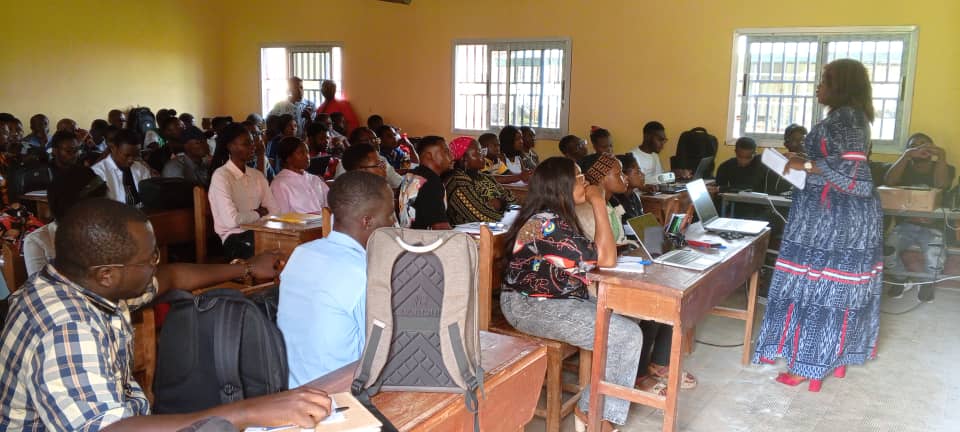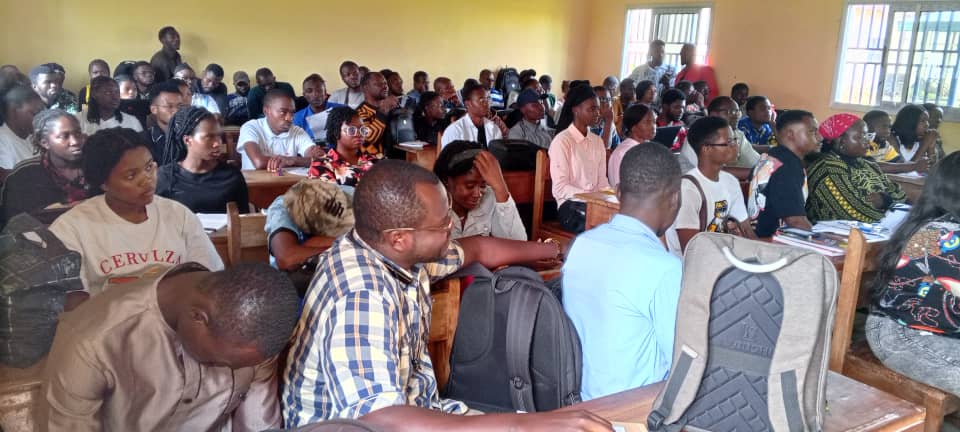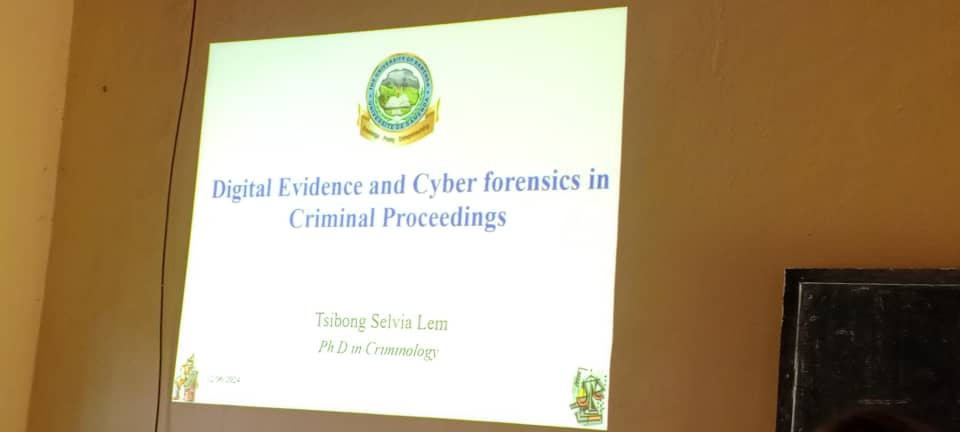Digital Evidence and Cyber forensics in criminal proceedings
- 08 Nov, 2024 - 08 Nov, 2024
- 08 Nov, 2024
- Cameroon, Bamenda

Event Description
Event Recap: Insights from Dr. Tsibong Selvia Lem on Digital Evidence and Cyber Forensics
On November 8th, the Centre for Cybersecurity and Mathematical Cryptology had the privilege of hosting Dr. Tsibong Selvia Lem, PhD in Criminology, for an enlightening talk on "Digital Evidence and Cyber Forensics in Criminal Proceedings."
Dr. Lem shared her expertise on the crucial role that digital evidence plays in modern criminal investigations. With the increasing prevalence of cybercrime, understanding how to collect, analyze, and present digital evidence has never been more important for law enforcement and legal professionals.
Key highlights from the talk included:
- The Nature of Digital Evidence: Dr. Lem discussed various types of digital evidence, including data from smartphones, computers, and cloud services, emphasizing their significance in building a case.
- Challenges in Cyber Forensics: The complexities of handling digital evidence were addressed, including issues of data integrity, privacy concerns, and the need for specialized skills in the forensic analysis.
- Legal Implications: Dr. Lem outlined the legal frameworks surrounding digital evidence, stressing the importance of following proper protocols to ensure admissibility in court.
Digital evidence refers to information and data of value to criminal investigations that is stored or transmitted in digital form. This includes anything from emails and text messages to data stored on computers, smartphones, and cloud services. Cyber forensics is the discipline that involves the recovery, analysis, and presentation of this digital evidence in a manner that can be used in a court of law.
In criminal proceedings, digital evidence plays a pivotal role in establishing facts, corroborating testimonies, and uncovering illicit activities. Cyber forensics involves a systematic approach to preserve, collect, and analyze data while maintaining its integrity to ensure it is admissible in court. This includes techniques such as:
- Data Recovery: Retrieving deleted or hidden files from devices.
- Network Forensics: Analyzing network traffic to identify unauthorized access or data breaches.
- Mobile Forensics: Extracting and analyzing data from smartphones and tablets.
- Cloud Forensics: Investigating data stored in cloud environments.
The integration of digital evidence and cyber forensics into criminal proceedings enhances the investigative process, allowing law enforcement to tackle cybercrimes such as identity theft, fraud, and hacking more effectively. As technology continues to evolve, the importance of digital evidence in legal contexts is increasingly recognized, necessitating ongoing training for forensic professionals and law enforcement personnel to stay abreast of emerging tools and methodologies.
The session concluded with an engaging Q&A, where students had the opportunity to discuss real-world applications of cyber forensics and the future of digital evidence in criminal law.
We thank Dr. Lem for her invaluable insights and for inspiring the next generation of cybersecurity and forensic experts!

